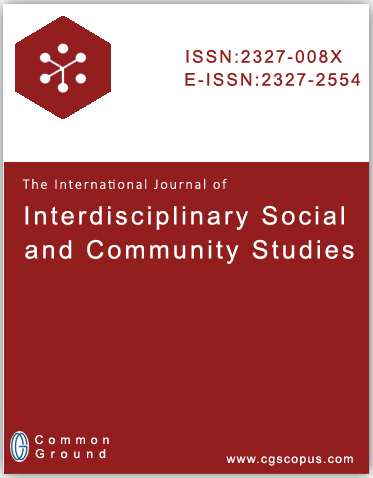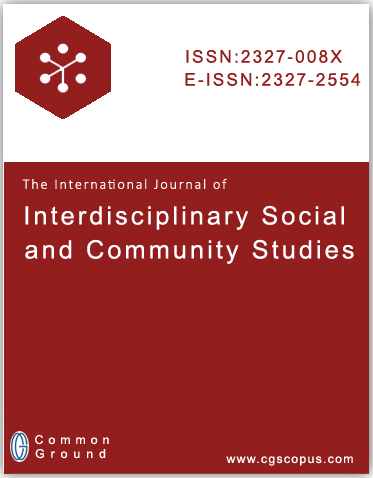FROM VOLUNTARISM TO ENFORCEABILITY: A LEGAL CRITIQUE OF ENVIRONMENTAL, SOCIAL, AND GOVERNANCE ASSURANCE FRAMEWORKS UNDER INDIAN SECURITIES LAW AND THEIR IMPLICATIONS FOR INVESTORS’ PROTECTION
DOI:
https://doi.org/10.18848/trtyyb49Abstract
The progressive integration of Environmental, Social, and Governance (ESG) metrics into corporate disclosures has fundamentally reshaped the regulatory landscape of securities markets globally. In India, the transition from voluntary ESG disclosures to mandated ESG assurance, epitomized by SEBI’s introduction of the Business Responsibility and Sustainability Report (BRSR) Core & associated assurance framework, marks a significant inflection point in the regulatory treatment of non-financial information. This research undertakes a critical legal appraisal of the evolving ESG assurance architecture under Indian securities law, interrogating its normative underpinnings, statutory coherence, and enforceability. The shift from voluntarism to enforceability is examined through the lens of regulatory theory, investor protection, and disclosure jurisprudence. It argues that while ESG assurance aims to enhance the credibility and comparability of ESG disclosures, its current implementation suffers from regulatory ambiguity, lack of harmonized assurance standards, and insufficient legal accountability for assurance providers. The research further scrutinizes the juridical authority of SEBI’s circulars in mandating such frameworks, raising concerns about delegated legislation, rule-of-law compliance, & constitutional validity of quasi-legislative norms. By situating the Indian experience within a comparative international framework, including the EU’s Corporate Sustainability Reporting Directive (CSRD) & US SEC’s ESG disclosure initiatives, the research delineates normative gaps and policy divergences. It contends that a robust, legally codified ESG assurance regime, grounded in principles of materiality, transparency, and enforceability, is indispensable to protect investors from the perils of greenwashing and informational asymmetry. This research calls for a calibrated regulatory architecture that reconciles the exigencies of investor protection with the institutional limitations of the Indian securities market.










